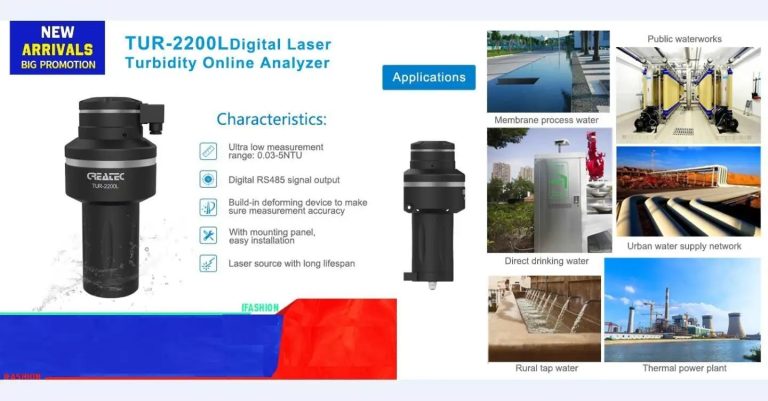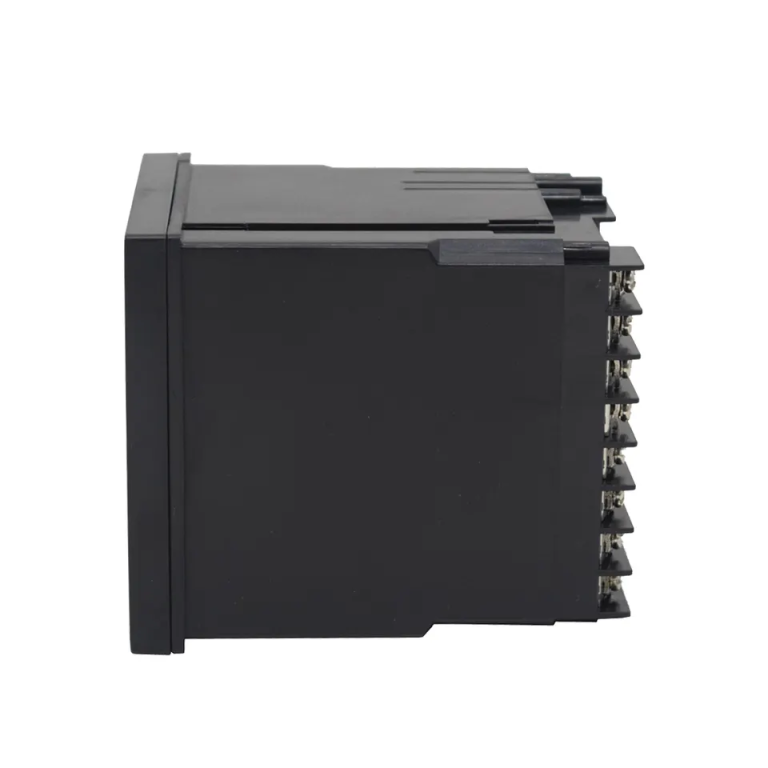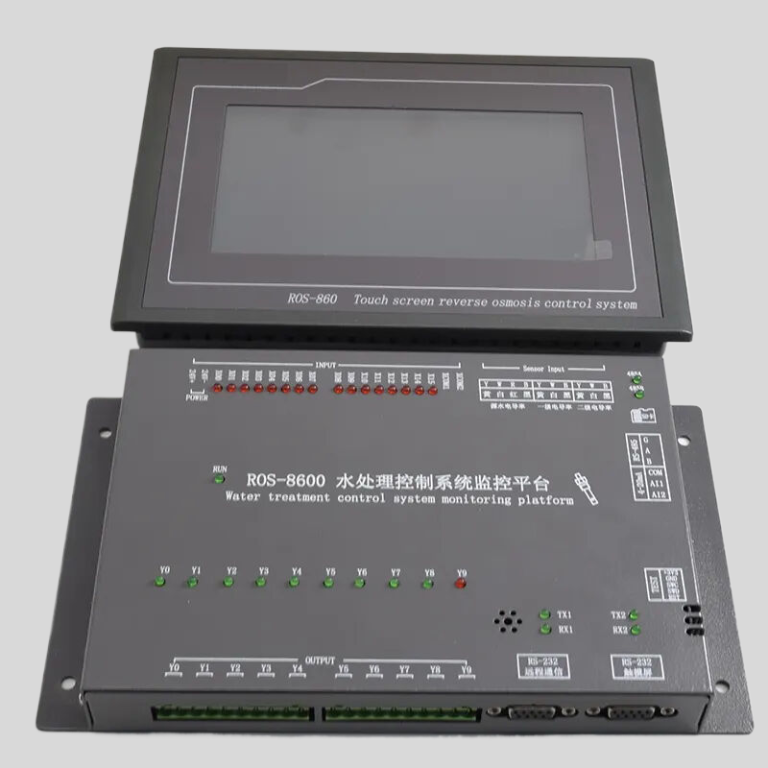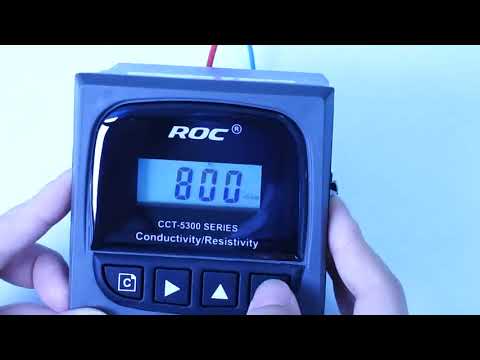Table of Contents
The Importance of Regular Water Quality Testing for Stream Team
Water quality monitoring is a crucial aspect of environmental conservation and protection. It involves the regular testing of water bodies to assess their health and identify any potential threats to aquatic life and human health. One group that plays a significant role in water quality monitoring is the Stream Team. Stream Teams are groups of volunteers who are passionate about protecting and preserving water resources in their communities. They work together to monitor the quality of streams, rivers, and other water bodies, and take action to address any issues that may arise.
Regular water quality testing is essential for several reasons. Firstly, it helps to identify sources of pollution and contamination in water bodies. By testing the water for various parameters such as pH, dissolved oxygen, turbidity, and nutrient levels, Stream Team volunteers can pinpoint areas where pollution is entering the water and take steps to mitigate its impact. This information is crucial for developing effective strategies to improve water quality and protect aquatic ecosystems.
In addition to identifying sources of pollution, regular water quality testing also helps to track changes in water quality over time. By monitoring key parameters on a consistent basis, Stream Team volunteers can detect trends and patterns in water quality, which can provide valuable insights into the health of the water body. This information can be used to assess the effectiveness of conservation efforts, identify emerging threats, and guide future monitoring and management activities.
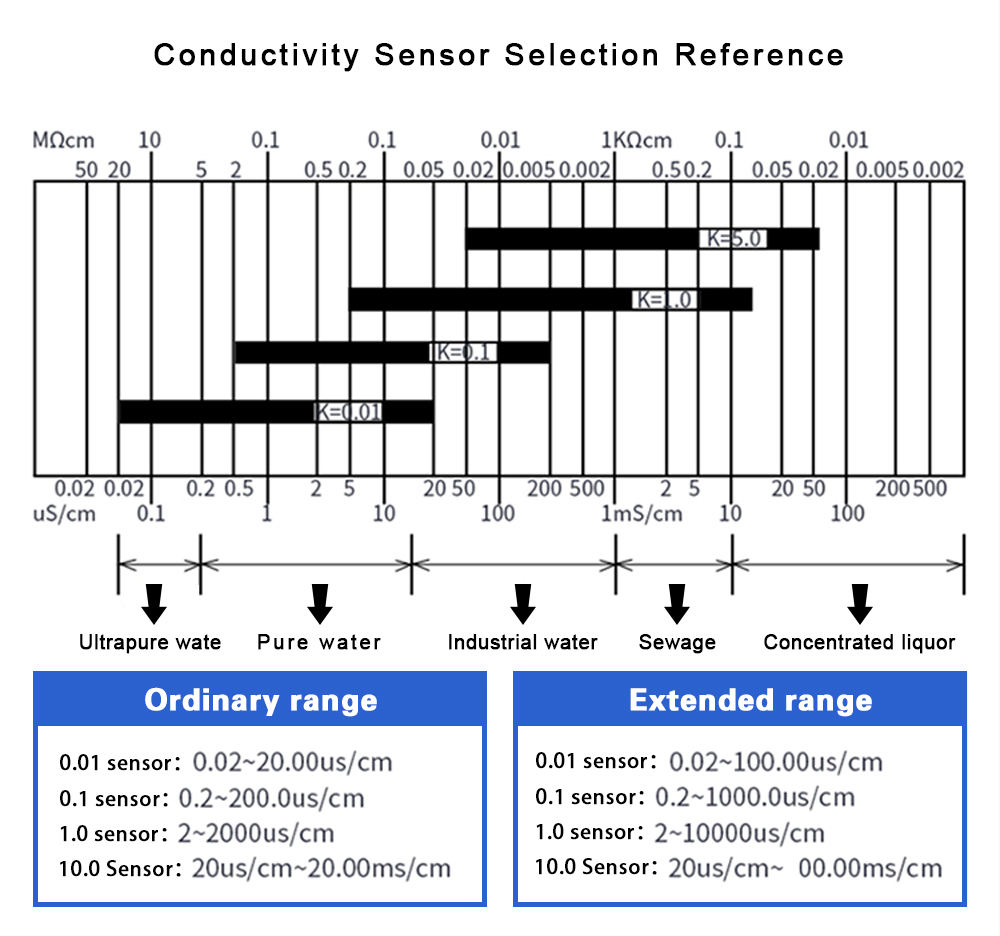
Another important reason for regular water quality testing is to ensure compliance with environmental regulations. Many water bodies are subject to regulatory standards for water quality, which are designed to protect human health and the environment. By monitoring water quality on a regular basis, Stream Team volunteers can ensure that these standards are being met and take action if they are not. This helps to prevent water pollution and ensure that water resources remain safe and healthy for all to enjoy.
Furthermore, regular water quality testing can help to raise awareness about the importance of clean water and the need for conservation efforts. By sharing their findings with the community and stakeholders, Stream Team volunteers can educate others about the importance of protecting water resources and inspire them to take action. This can lead to increased support for conservation initiatives, improved stewardship of water bodies, and ultimately, better protection of our natural environment.
In conclusion, regular water quality testing is essential for the work of Stream Teams and other environmental organizations. By monitoring the quality of water bodies, volunteers can identify sources of pollution, track changes in water quality over time, ensure compliance with regulations, and raise awareness about the importance of clean water. Through their efforts, Stream Team volunteers play a vital role in protecting and preserving water resources for future generations. It is important that we continue to support and empower these dedicated individuals in their mission to safeguard our precious waterways.
How Stream Team Can Utilize Technology for Efficient Water Quality Monitoring
Water quality monitoring is a crucial aspect of environmental conservation and protection. It helps to ensure that our water sources are safe for human consumption and support healthy aquatic ecosystems. One organization that is at the forefront of water quality monitoring is Stream Team. Stream Team is a group of dedicated volunteers who work to monitor and protect the water quality of streams and rivers in their communities.
One of the challenges that Stream Team faces is the time and effort required to collect and analyze water samples. Traditional methods of water quality monitoring involve manual sampling and laboratory analysis, which can be time-consuming and costly. However, with advances in technology, Stream Team can now utilize various tools and techniques to make their monitoring efforts more efficient and effective.
One way that Stream Team can utilize technology for water quality monitoring is through the use of portable water quality meters. These meters allow volunteers to quickly and accurately measure key parameters such as pH, dissolved oxygen, and conductivity in the field. By using portable meters, Stream Team can collect real-time data and make immediate decisions about water quality management.
In addition to portable meters, Stream Team can also take advantage of remote sensing technology for water quality monitoring. Remote sensing involves the use of satellites and drones to collect data on water quality from a distance. This technology can provide valuable information on water quality trends and changes over time, allowing Stream Team to better understand and address potential threats to water quality.
Another technology that Stream Team can use for water quality monitoring is the development of mobile applications. These applications can help volunteers collect and store data more efficiently, as well as provide real-time updates on water quality conditions. By using mobile applications, Stream Team can streamline their monitoring efforts and make data more accessible to the public.
Furthermore, Stream Team can benefit from the use of data visualization tools for water quality monitoring. These tools allow volunteers to analyze and interpret large amounts of data quickly and effectively. By visualizing data, Stream Team can identify patterns and trends in water quality, helping them to make informed decisions about water quality management.
Overall, technology has the potential to revolutionize water quality monitoring for Stream Team. By utilizing portable meters, remote sensing technology, mobile applications, and data visualization tools, Stream Team can make their monitoring efforts more efficient and effective. This, in turn, will help to protect and preserve our water sources for future generations.
In conclusion, water quality monitoring is essential for the protection of our water sources and aquatic ecosystems. Stream Team plays a vital role in this effort, and by embracing technology, they can enhance their monitoring efforts and make a greater impact on water quality conservation. By utilizing portable meters, remote sensing technology, mobile applications, and data visualization tools, Stream Team can work more efficiently and effectively to ensure the health and sustainability of our water sources.
| Model No. | CCT-8301A Conductivity Resistivity Online Controller Spec | |||
| \\u3000 | Conductivity | Resistivity | TDS | Temp. |
| Measurement range | 0.1\\u03bcS/cm\\uff5e40.0mS/cm | 50K\\u03a9\\u00b7cm\\uff5e18.25M\\u03a9\\u00b7cm | 0.25ppm\\uff5e20ppt | (0\\uff5e100)\\u2103 |
| Resolution | 0.01\\u03bcS/cm | 0.01M\\u03a9\\u00b7cm | 0.01ppm | 0.1\\u2103 |
| Accuracy | 1.5level | 2.0level | 1.5level | \\u00b10.5\\u2103 |
| Temp.Compensation | Pt1000 | |||
| Working Environment | Temp.\\u00a0(0\\uff5e50)\\u2103; \\u00a0relative humidity \\u226485%RH | |||
| Analog Output | Double channel (4\\uff5e20)mA\\uff0cInstrument/Transmitter for selection | |||
| Control Output | Triple channels photo-electronic semiconductor relay ,Load capacity: AC/DC 30V\\uff0c50mA(max) | |||
| Power Supply | DC 24V\\u00b115% | |||
| Consumption | \\u22644W | |||
| Protection Level | IP65\\uff08with the back cover\\uff09 | |||
| Installation | Panel mounted | |||
| Dimension | 96mm\\u00d796mm\\u00d794mm (H\\u00d7W\\u00d7D) | |||
| Hole Size | 91mm\\u00d791mm(H\\u00d7W) | |||

